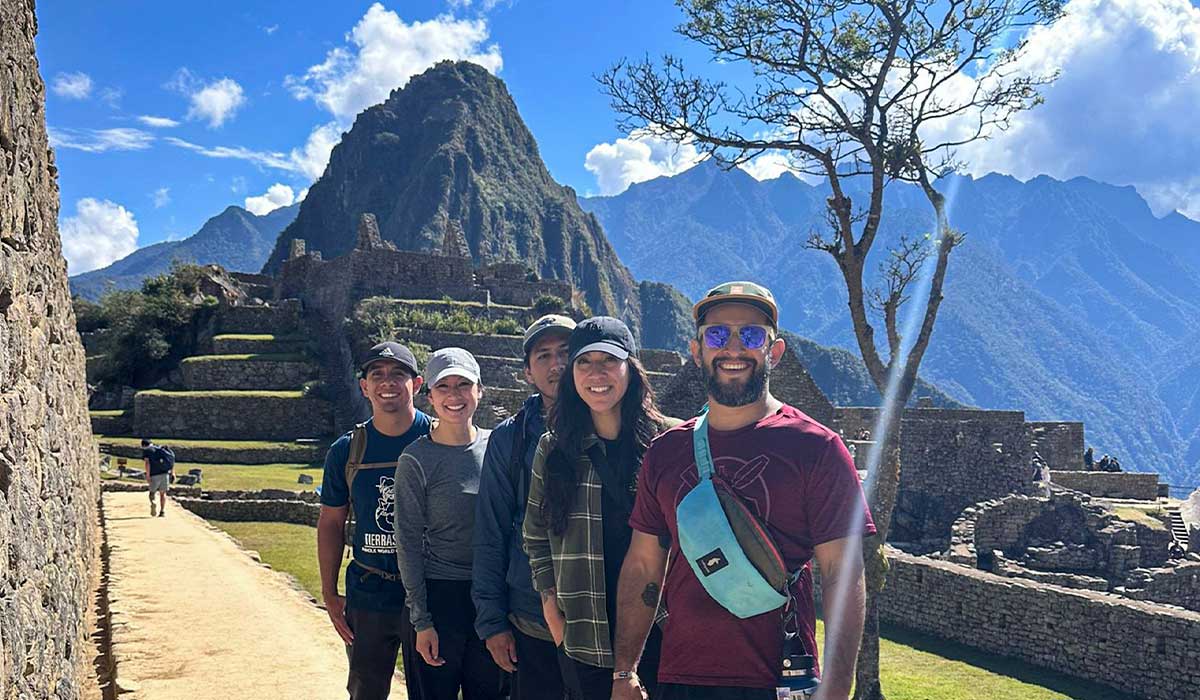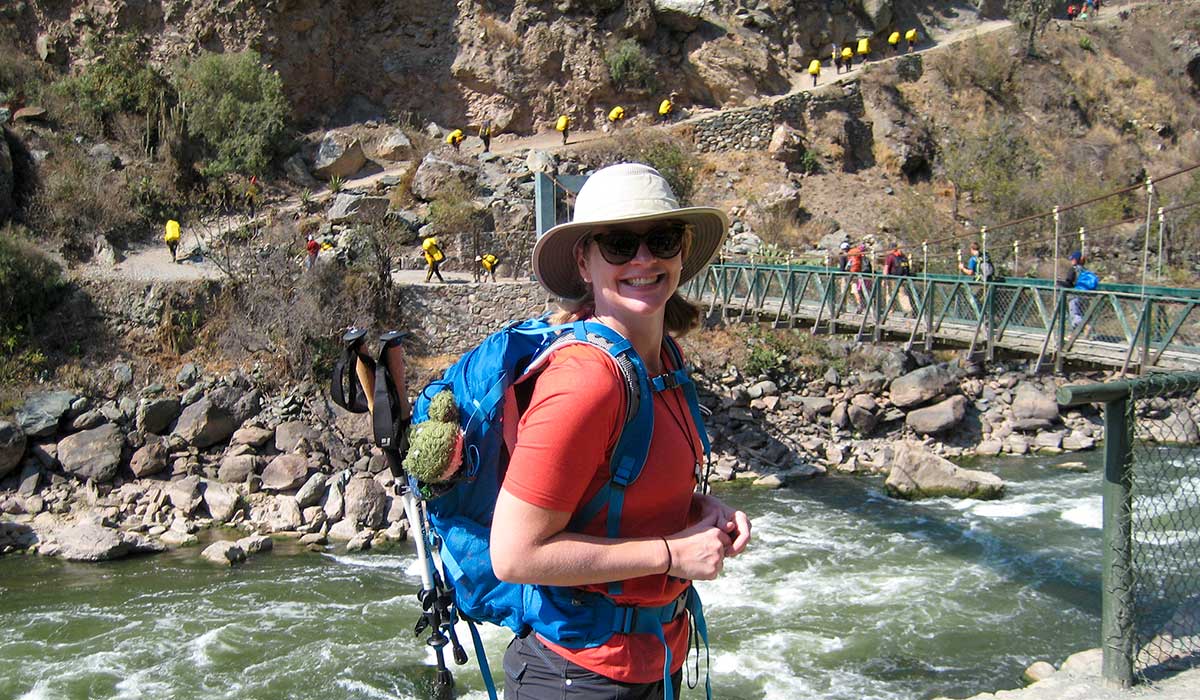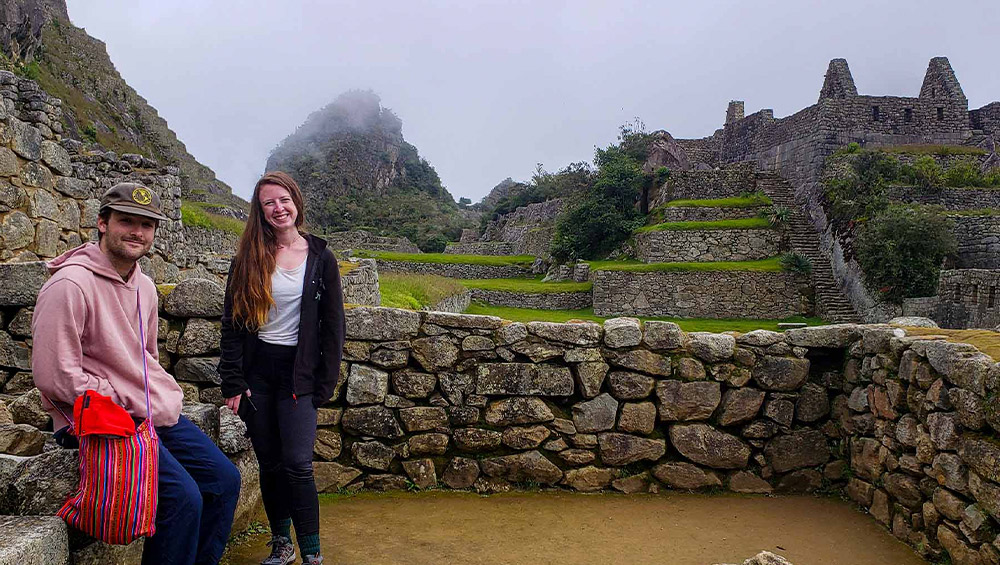Discovering Machu Picchu
The discovery of Machu Picchu 2026 was a momentous event in the history of archaeology. This ancient Inca citadel was hidden in the middle of the Peruvian Andes mountains and was not discovered by the Spanish conquerors in the 16th century. It was not until 1911 that the explorer Hiram Bingham reached this place, after an arduous expedition. The rediscovery of Machu Picchu allowed humanity to know and appreciate the magnificence of the Inca culture and its impressive engineering.
Where is Machu Picchu?
Machu Picchu is located at the geographical coordinates of 13° 9’48”S latitude and 72° 32’44”W longitude. These coordinates mark the exact position of the famous Inca citadel in Peru. Situated in the Cusco region, in the Andes mountain range, Machu Picchu enjoys a privileged location with impressive views. Its geographical position has been crucial for its conservation over the centuries and offers visitors an incomparable experience.
Machu Picchu Altitude
The altitude of Machu Picchu is one of the most outstanding characteristics of this archaeological site. It is located at an altitude of approximately 2,430 meters above sea level. This elevation gives Machu Picchu an impressive panoramic view of the surroundings, allowing visitors to appreciate the majestic mountains and the Urubamba River Canyon. In addition, the altitude of Machu Picchu influences the climate and the characteristics of the flora and fauna present in this area of the Andes.
Machu Picchu Surface Area
The surface area of Machu Picchu covers around 32,592 hectares. This extensive area includes the Inca citadel itself, as well as agricultural terraces, roads, and other architectural elements. The distribution and design of the structures in Machu Picchu are perfectly adapted to the mountainous terrain, maximizing the use of space and natural conditions. Walking its trails and exploring the surface of Machu Picchu is a fascinating experience that reveals the grandeur and planning of the ancient Incas.

About Machu Picchu
Machu Picchu Peru is an ancient archaeological site located in Peru, in the Cusco region. It is considered one of the wonders of the world and was built by the Incas in the 15th century. This sacred city has a fascinating and mysterious history, as it is believed to have been used as a refuge and religious sanctuary. Its impressive constructions and its unique natural environment make it an invaluable treasure in the Peruvian Andes.
- History
The history of Machu Picchu dates back to the 15th century, during the time of the Inca Empire. It was built by the emperor Pachacútec as a residential and religious complex. However, its existence was brief, as it was abandoned and remained hidden in the jungle for centuries. It was not until 1911 that the archaeologist Hiram Bingham rediscovered it and made it known to the world. Since then, it has been the subject of study and admiration for its architecture and cultural significance. - Location
Machu Picchu is located in the Andes mountain range, in the Machu Picchu district, Urubamba province, Cusco region, Peru. It is situated at an altitude of approximately 2,430 meters above sea level. Its strategic location on top of a mountain provides an impressive panoramic view of the surroundings, which contributes to its magic and beauty. - Characteristics
Machu Picchu is distinguished by its admirable architecture and the careful design of its structures. Its complex is composed of terraces, squares, temples, palaces, and hydraulic systems. The constructions are mainly made of stone, some of great size and perfectly fitted together. Highlights include the Intihuatana, a sundial carved in stone, and the Temple of the Sun, a sanctuary dedicated to the worship of the sun star. In addition, the close relationship of Machu Picchu with nature is reflected in its integration with the mountainous environment and the Urubamba River. - Climate and Elevation
Machu Picchu is located in a subtropical zone of the Peruvian Andes, which translates into a temperate and humid climate. The average annual temperature ranges between 12 and 24 degrees Celsius. During the rainy season, which runs from November to March, rainfall is common. The elevation of Machu Picchu plays an important role in the visitor experience, as its altitude of 2,430 meters can affect physical performance. It is important to take into account proper acclimatization when visiting this archaeological site. - Panoramic Views
Machu Picchu offers spectacular panoramic views. From the top of the citadel, you can appreciate the majestic landscape of green mountains and deep valleys of the Peruvian Andes. The Huayna Picchu mountain, with its cloud-covered summit, stands imposingly opposite Machu Picchu, adding even more beauty to the scenery. In addition, the Urubamba River meanders through the valleys, providing a sense of harmony with nature. These panoramic views make Machu Picchu an unforgettable destination for lovers of nature and history.
Inca Trails to Machu Picchu
The Inca Trails to Machu Picchu are a network of ancient paths used by the Incas to access this lost wonder. These trails, spanning several kilometers, offer visitors the opportunity to experience the natural and cultural beauty of the region. Along these trails, travelers will enjoy breathtaking landscapes, including majestic mountains and lush valleys. In addition, they will be able to discover fascinating archaeological remains, such as bridges, terraces, and sacred sites.
However, it is important to note that some of these trails can be challenging and require good physical condition. Therefore, it is recommended that travelers be properly prepared before embarking on this adventure. There are two main options for hiking the Inca Trail to Machu Picchu: the 2-day trail and the 4-day trail. Here’s a concise overview of each option:
Short Inca Trail
The Short Inca Trail is a great option for those who have limited time or do not want to walk as far. The trail begins in Ollantaytambo and follows the Sacred Valley to Machu Picchu. The trail is not as challenging as the Classic Inca Trail, but it still offers beautiful views of the Andes and Inca ruins.
- Duration: 2 days/1 night
- Distance: 26 km (16 miles)
- Difficulty: Easy to moderate
Classic Inca Trail
The Classic Inca Trail is the most popular route and offers the most complete experience of the Inca Trail. The trail passes through some of the most impressive landscapes in the Andes, including the Warmihuañusca Pass, the highest point on the trail at 4,200 meters (13,780 feet), and the Inca ruins of Llactapata. The trail ends at Machu Picchu, where you will have time to explore the citadel before returning to Cusco.
- Duration: 4 days/3 nights
- Distance: 43 km (27 miles)
- Difficulty: Moderate to challenging

Which trail to choose?
The best Inca trail for you depends on your fitness level, budget, and the amount of time you have available. If you are in good physical condition and have the time, the Classic Inca Trail is the best option. If you have limited time or do not want to walk as far, the Inca Short Trail is a good option. Here are some additional factors to consider when choosing a trail:
- Permits: Permits for the Classic Inca Trail are very scarce and must be booked well in advance. Permits for the Inca Short Trail are easier to obtain, but it is still recommended to book them in advance.
- Climate: The weather in the Andes can be unpredictable, so it is important to pack for all weather conditions. The rainy season in the Andes is from November to April, so it is best to hike during the dry season (May to October).
- Altitude: The Inca Trail reaches high altitudes, so it is important to acclimatize to the altitude before starting your hike. This can be done by spending a few days in Cusco before your hike or by hiking at a lower elevation before ascending to the main part of the trail.
How to get to Machu Picchu
To travel to Machu Picchu, it is necessary to purchase entrance tickets, which can be purchased online or in person in Aguas Calientes (it is recommended to book in advance, as the daily visitor capacity is limited). In addition to entrance tickets, there are extension options such as Huayna Picchu or Machu Picchu Mountain, which offer impressive views, but require an additional ticket. To get to Machu Picchu, you can take a minibus from Aguas Calientes, which offers comfort and convenience, as the road to the citadel is steep and can be tiring to walk. The minibus offers a regular and safe service, and the journey takes approximately 20 minutes.
- Entrance tickets and extensions
To visit Machu Picchu, you need to make sure you get your entrance tickets in advance. You can purchase them online through the official website of the Ministry of Culture of Peru or through authorized agencies. Tickets have specific entry times to control the flow of visitors and protect the archaeological site. If you want to explore beyond the main citadel, such as climbing Huayna Picchu or Machu Picchu Mountain, you will need additional extension tickets. These must also be purchased in advance, as they have limited quotas and tend to sell out quickly, especially during peak season. - Minibus transportation to Machu Picchu
Once you have your entrance tickets, getting to Machu Picchu is exciting. From Aguas Calientes, the nearest town to the citadel, you can take a minibus that will take you to the entrance of Machu Picchu. These minibuses depart regularly from the bus station in Aguas Calientes and the journey takes approximately 25 minutes. It is important to note that minibuses often fill up quickly, especially during peak morning hours when many visitors want to arrive early to see the sunrise over Machu Picchu. Therefore, it is recommended to arrive early enough to secure a seat on the minibus and enjoy your experience at Machu Picchu.

